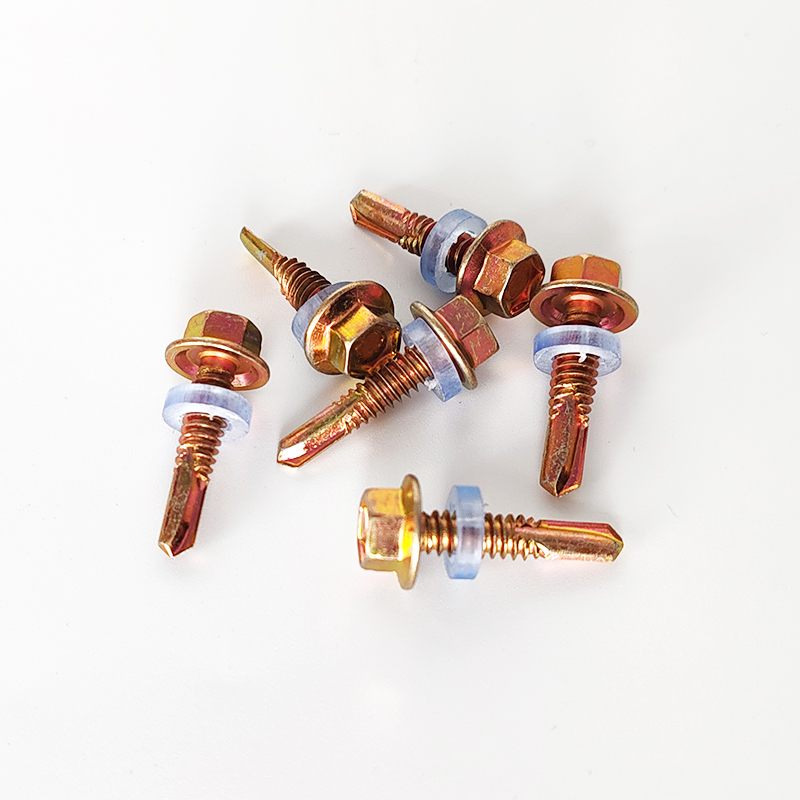Exploring the Benefits and Applications of Metal Deck Anchors in Construction and Design
Understanding Metal Deck Anchors Essential Components for Structural Integrity
Metal deck anchors play a critical role in the construction and engineering sectors, serving as essential components that contribute to the stability and safety of structures. As building techniques evolve, the need for reliable and strong anchorage systems increases, making metal deck anchors a focal point for architects, engineers, and contractors alike.
What are Metal Deck Anchors?
Metal deck anchors are specialized fasteners designed to secure metal decking to supporting structures, such as beams and columns. These anchors come in various shapes and sizes, including welded attachments, screw anchors, and bolt systems, tailored to provide optimal load support and resistance to environmental factors.
These anchors are typically made from high-strength steel or other durable materials engineered to withstand the stresses imposed during construction and over the lifetime of the building. The strength and reliability of metal deck anchors are crucial, especially in multi-story buildings, warehouses, and other commercial facilities.
Importance of Metal Deck Anchors in Construction
1. Structural Stability Metal deck anchors ensure that the metal decking remains securely attached to the underlying structure. This connection is vital for maintaining the overall integrity of the building, particularly in high-load scenarios or regions prone to severe weather conditions.
2. Safety Compliance In modern construction, adhering to safety codes and standards is mandatory. Metal deck anchors must meet specific criteria to ensure that they can handle expected loads and stresses. Properly installed anchors prevent structural failures that could endanger occupants and workers.
3. Simplified Installation Metal deck anchors are designed for efficiency. Many types of anchors are easy to install, allowing for faster installation times and reducing labor costs. The ability to quickly and reliably secure metal decking contributes to streamlined construction processes.
metal deck anchors

4. Design Flexibility With the variety of anchor types available, designers and engineers have the flexibility to choose the best anchoring system for their specific project needs. This versatility allows for innovative architectural designs without compromising on safety and performance.
5. Durability and Longevity Metal deck anchors are built to last. Their resistance to corrosion and wear enhances the longevity of the structural elements they support, ensuring that the building maintains its integrity long into the future. Using high-quality materials in the anchors is essential to achieving this durability.
Selecting the Right Metal Deck Anchor
Choosing the appropriate metal deck anchor involves careful consideration of several factors
- Load Requirements Understanding the load that the anchors will bear is fundamental. This includes both live loads (occupancy use) and dead loads (permanent structural weight). - Environmental Conditions Depending on the location of the structure, factors such as corrosion resistance and temperature fluctuations must be taken into account.
- Compatibility The chosen anchor must be compatible with the specific type of metal decking and the structural materials used in the project.
- Installation Techniques Consideration of the installation method is also crucial, as different anchors may require specialized tools or techniques.
Conclusion
Metal deck anchors are indispensable in modern construction, providing the necessary support and stability for metal decking systems. As the construction industry continues to prioritize safety, efficiency, and innovation, the importance of selecting the right metal deck anchor cannot be overstated. By understanding their function, benefits, and selection criteria, stakeholders can ensure that their building projects are safe, reliable, and built to last. Whether in commercial warehouses or high-rise buildings, metal deck anchors form the backbone of structural integrity, underscoring their vital role in contemporary architecture and engineering.
-
Weatherproof Plastic Expansion Anchors for OutdoorNewsJun.06,2025
-
Sustainability in the Supply Chain: Eco-Friendly TEK Screws ProductionNewsJun.06,2025
-
Load-Bearing Capacity of External Insulation FixingsNewsJun.06,2025
-
Double Head Bolts: Enhancing Efficiency in Industrial MachineryNewsJun.06,2025
-
Corrosion Resistance in Chipboard Screws: Coatings for Wholesale DurabilityNewsJun.06,2025
-
Butterfly Toggle Bolts : Enhancing Structural ResilienceNewsJun.06,2025
